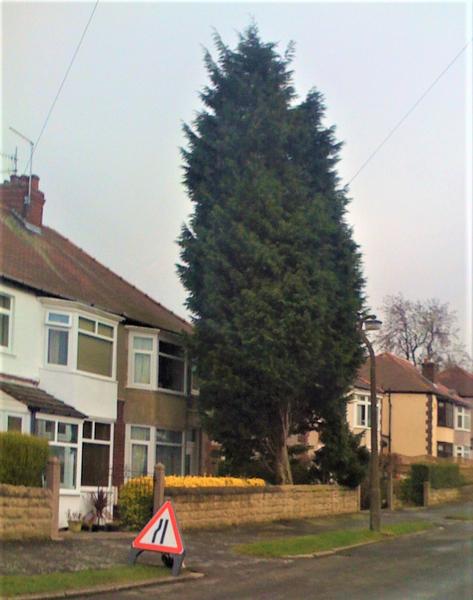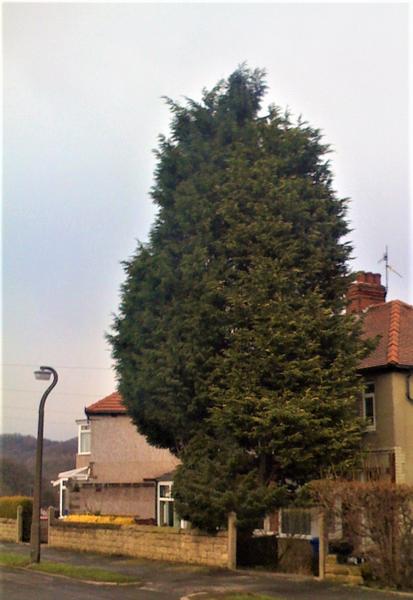I have a Pear tree and an Apple tree in my garden that are full of diseases, I'm thinking of taking the pear tree down to about five feet and making a bird table of it!, The Apple tree I took down to a similar height last year, This year buds started appearing so I sprayed them with Roseclear Ultra and the leaves emerged nicer than normal!, I've not look at it recently though!
Also, When we bought our house in 1990, There were two small conifer trees growing in the front garden, Around five or six feet tall, Fast forward to around 2010 and this is what they grew in to!

It was like they'd sprung up overnight, I didn't notice how much they'd ascended until I went out with the camera!!
A mate at work also ran a business removing trees and generally clearing hedges etc, They charged me £500 to get them down to ground level and remove all the waste!, Pretty sure it would be at least double that if i'd looked in the yellow pages!!
The one on the left had almost been blown down in around 2000 and was quite bent but all the new growrth went straigh up after, When they brought it down a section at a time, One piece almose fell off when he was only part way through! The high winds had cracked it almost halfway through and it was dead and rotted in the centre!!

Oh, There was a smaller Picea that had self set too, He whipped that down too and it went through his massive shredder!!
John










































